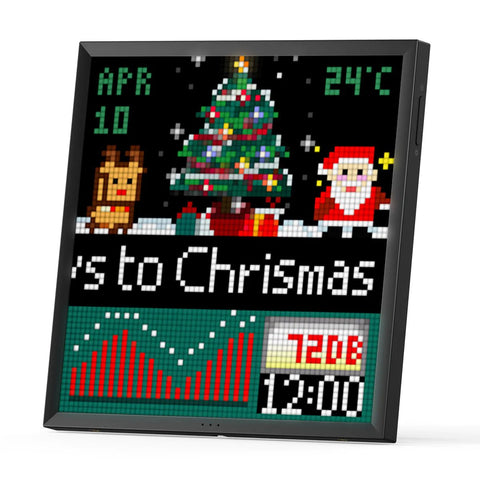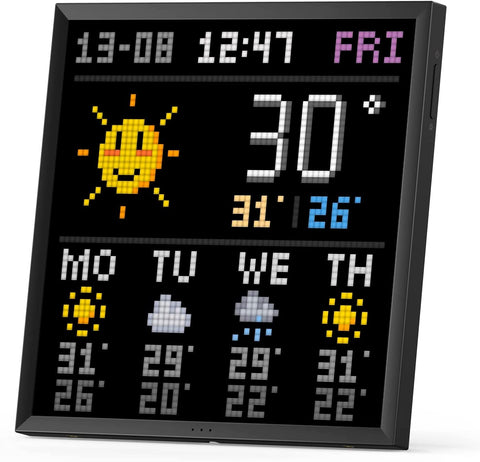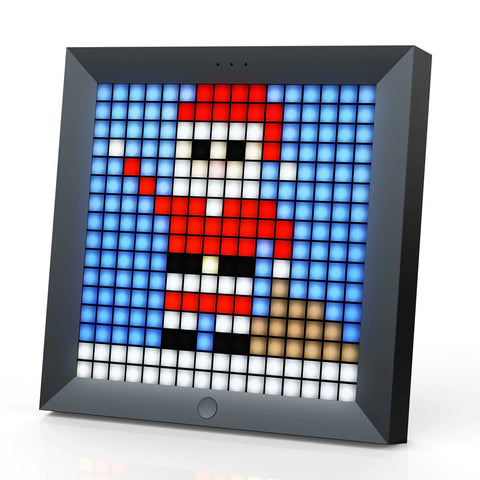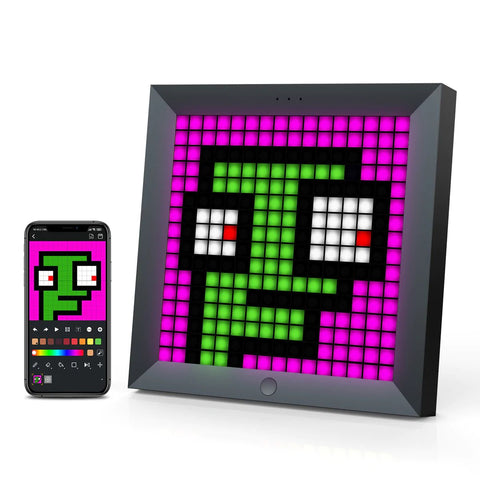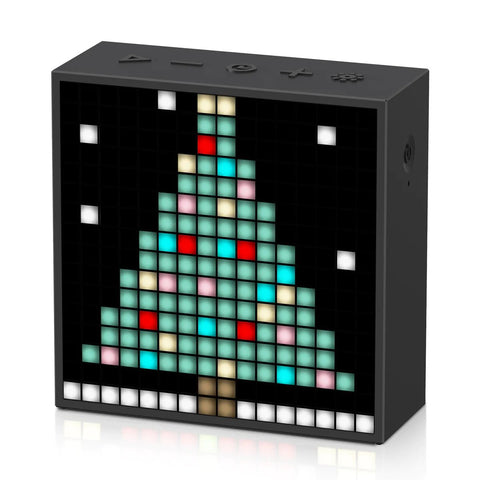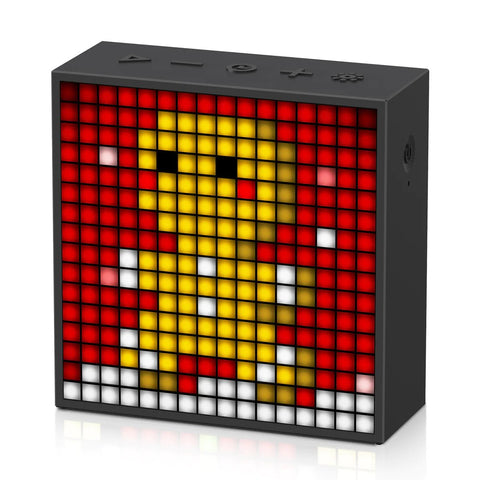Introduction
Technology brings to life infinite possibilities that help us reimagine concepts and give a fresh perspective to even the simplest things - like a photo or a video. An innovation that is gaining traction among tech enthusiasts and art-lovers alike is the use of interactive pixelated light displays to enhance photography and videography. With this tech-art crossover, users can transform their photos and videos into vibrant and dynamic light displays. Let's take a look at five fascinating ways you can do this and truly make your artwork stand out.
1. Mass Interactive Installations
Interactive light displays don't just have to be limited to your living room wall. They can be employed on a much larger scale to create immersive experiences, attracting and engaging larger audiences.
Use case: Consider an event like a music concert, where a massive pixelated light display can be synced with the rhythm of the music. With each beat, a burst of colours could mesmerize the crowd, with the visual display adding a new dimension to the auditory experience.
2. Personalized Living Spaces
For a more intimate use, pixelated light displays can be used to reinvent the aesthetics of a room. Your favourite photo or a montage of your favourite videos can be given new life on a wall as a light display.
Use case: Imagine your living room wall pulsating with the colours of your last beach vacation, or the energy of your favourite music video setting the mood for a house party. Creative, isn't it?
3. Interactive Art Exhibits
Art isn't static anymore. With interactive pixelated light displays, artists can add an engaging and accessible layer to their exhibits, attracting a wider range of audience.
Use case: An artist could set up an installation where each viewer's movement alters the pixelated light display, thus making every person's experience unique and personalised.
4. Interactive Business Displays
Businesses can use these displays to stand out and engage potential clients or customers in an innovative way. It could be used in the lobby of a business space or even in street marketing.
Use case: A store could have product promotions displayed via a dynamic, interactive light display that reacts to passers-by, drawing them in with an unconventional and immersive experience.
5. Gaming and Entertainment
Interactive light displays can add another layer of immersion to gaming or other entertainment mediums. Syncing the lights with on-screen action could make for a thrilling and immersive entertainment experience.
Use case: A gaming console could be synced with a light display, such that the lights respond to the in-game action, immersing the player completely in the gaming world.
Conclusion
Incorporating interactive pixelated light displays into your photos and videos is a way of viewing art and technology as a unified medium, opening up endless possibilities for creativity. Use these unique installations to dazzle friends, captivate audience, or simply to add an artistic touch to your everyday life.
Get Started with Interactive Pixelated Light Displays
The world of interactive pixelated light displays is inviting with its potential for creativity, aesthetics and engagement. If you have photos or videos, and a desire to see them reborn in an enchanting display of lights, it’s about time you explored this fascinating technology. Bring your photos and videos to vivid life, and redefine your idea of art, one pixel at a time.




